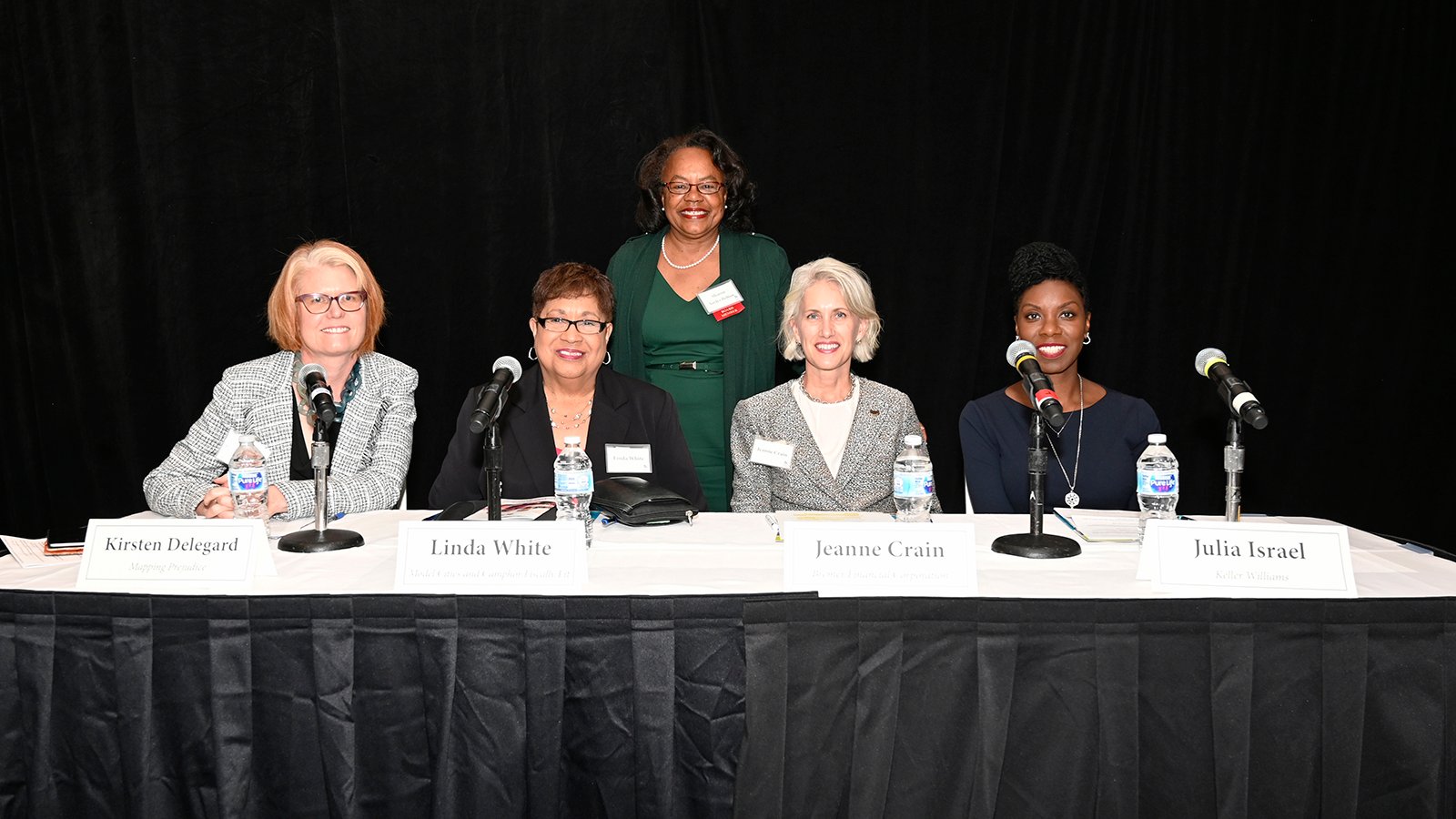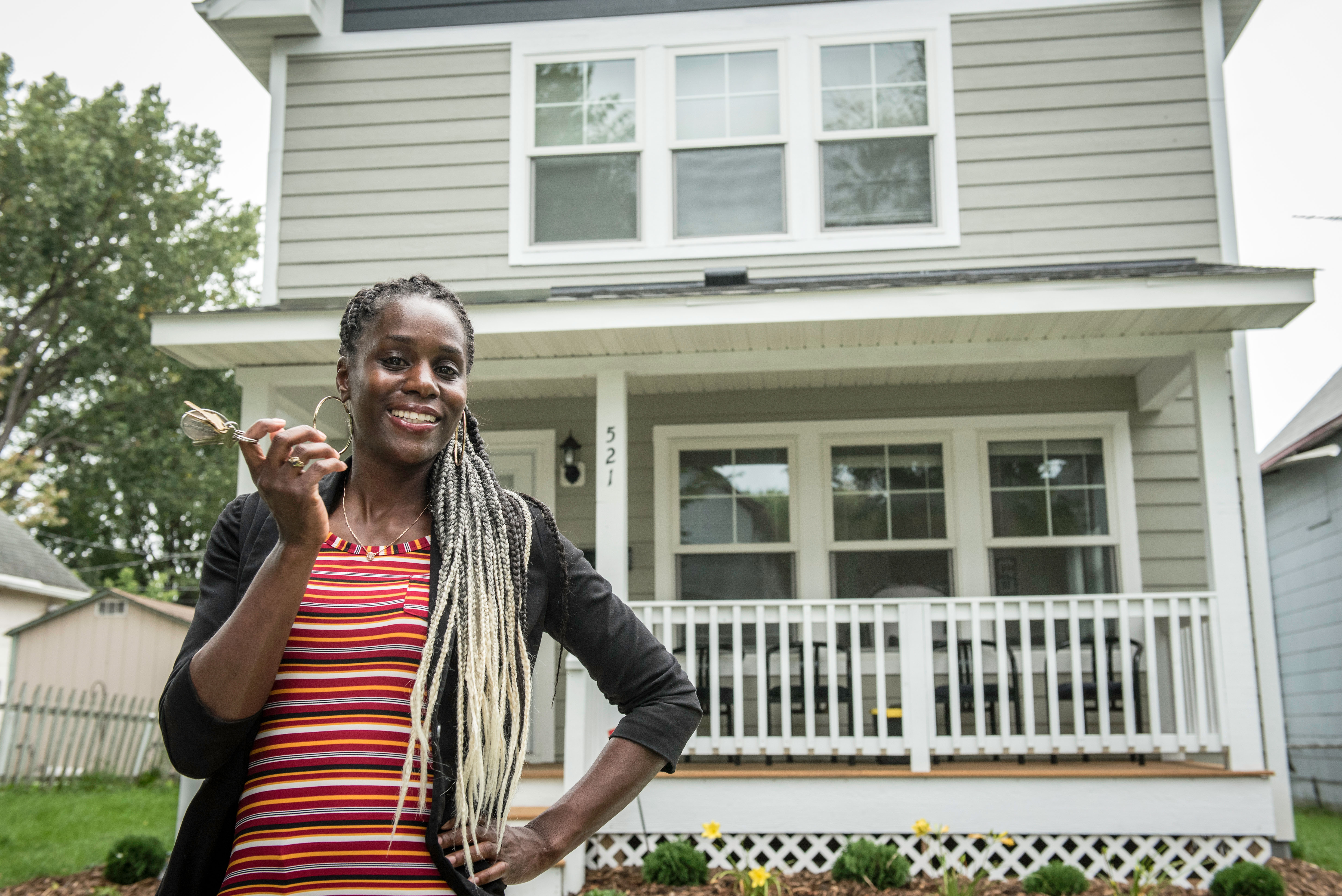 Minnesota and the Twin Cities regularly rank highly on quality of life measures. However, both are also notable for the level of racial disparities present—specifically wealth disparities.
Minnesota and the Twin Cities regularly rank highly on quality of life measures. However, both are also notable for the level of racial disparities present—specifically wealth disparities.
As Minnesota, the Twin Cities, and the entire nation grow more racially diverse each year, it’s important to examine the historical policies and actions that created, and continue to perpetuate, racial inequities throughout the country.
For instance, according to census data, only 1% of the businesses in Minnesota are owned by people who identify as Black or African American. Coupling this with the wide disparity in racial homeownership rates in the state, it can be difficult to see a path forward. To understand the scope of what must be undone, we must reckon with our past.
Our Racial Wealth Gap Roots
Minnesota's racial wealth gap begins with the racist treatment towards Native Americans. For more than 10,000 years, Native Americans lived on the land that is now Minnesota. The largest groups were the Dakota (members of the Sioux) and the Ojibwe (also known as Chippewa). Fur trading brought Europeans here in the early 1800s. The traders and the Native Americans regularly crossed paths at the confluence of the Mississippi and the Minnesota Rivers—a sacred place in Native American cultures.
In 1805, a U.S. Army representative surveyed the land for the government and estimated 100,000 acres of it was worth $200,000. He gathered seven Dakota leaders together and got two of them to sign a treaty ceding the land. He gave them $200 worth of gifts. The U.S. Senate later ratified the treaty and agreed to pay $2,000 for the land. Fort Snelling was built on the site and finished in 1825.
Over the coming decades, the U.S. Government's treatment towards Native Americans worsened. The government signed and broke treaties with the Dakota and Ojibwe people to carve up most of the land of Minnesota, and Native Americans were forced to live in smaller and smaller territories. This helped spark the U.S.-Dakota War in 1862. It resulted in 38 Dakota men being hanged in Mankato and 1,300 people being forced to live in a concentration camp next to Fort Snelling.
Over the winter of 1862-1863, up to 300 of the 1,600 people at the camp died. The U.S. Government broke all treaties with the Dakota and seized their remaining land in Minnesota. The Ojibwe were forced to surrender most of their land in northwestern Minnesota over the next decade.
During the second half of the 1800s, European settlers began farming the land previously inhabited by Minnesota’s Native Americans. They transported wheat via the rivers and railroads for milling in Minneapolis. The City’s population exploded (from 13,000 in 1870 to 160,000 by 1890) and became the "Flour Milling Capital of the World" by the turn of the century. Fortunes were made and the seeds of generational wealth were planted—but only for those with access to land and capital.
Systemic Racism Expands
Minnesota was not a slave state and the Black population was extremely small before the Civil War. However, slavery was practiced at Fort Snelling (and other military outposts). Dred Scott was brought to the Fort as a slave in 1836. He met and married his wife Harriet there. Later, the Scotts sued for their freedom, arguing that because they’d traveled through non-slave territories they should be set free. The U.S. Supreme Court ruled the Scotts were not people, but property, and therefore did not have rights. Tensions around the case contributed to the start of the Civil War.
By 1910, less than 1% of Minnesota’s population was Black, and the majority of Native Americans had been forced into small territories. Despite this lack of diversity, White residents looked for ways to racially limit economic mobility. Much of it was done through housing policies. Racial deed covenants precluded Blacks (and other races) from buying homes, and stopped homeowners from selling to Black families. Many Minneapolis neighborhoods were built with segregation as the goal.
The Ku Klux Klan organized in Minnesota during the 1920s and had several active chapters in Minneapolis and on college campuses. Violence, like the lynching of three Black men in Duluth in 1920, and the threat of violence, like the unruly mob of 4,000 people who surrounded a family’s home in South Minneapolis in 1931, were regularly used to intimidate Black residents.
In the 1930s, the government commissioned maps to help banks determine where to lend money for homes and businesses. The Twin Cities neighborhoods where minority groups could buy homes and live were colored red and labeled “hazardous” for investors and potential homebuyers. This redlining led to decades of disinvestment in these neighborhoods, which is still having an impact today.
After World War II, the GI Bill was a pathway to education and homeownership for many men who served. However, because of how the bill was written, the vast majority of the benefits fell to white veterans.
Along with redlining and racial steering in the real estate industry, the construction of freeways through predominantly Black neighborhoods further eroded wealth for Black Minnesotans during the middle of the 20th century. “White flight” by homeowners and businesses to the growing suburbs reduced the property tax base in minority neighborhoods, directly impacting school funding.
A Path Forward
Racial disparities continued over the past several generations, and are now further entrenched by some policies that may look race-blind on paper, but do not play out that way in the real world. Two examples are how student loan debt impacts generational wealth, and the current mortgage interest deduction tax policy.
Some leaders in real estate and in Washington are now looking at how the home appraisal process can be improved to remove some of the bias that exists in that industry.
As people in the Twin Cities (and the nation) wrestle with creating a more equitable society, we must advocate for new policies and practices informed by the injustices of the past in order to truly make progress on reducing inequities going forward. Sign up for Action Alerts to amplify your support for creating and preserving affordable housing.
If you want to learn more about these important issues and ways you can help, please visit the Twin Cities Habitat for Humanity Race & Housing Blog Series.



 Twin Cities Habitat for Humanity
Twin Cities Habitat for Humanity

 Minnesota and the Twin Cities regularly rank highly on quality of life measures. However, both are also notable for the level of racial disparities present—specifically wealth disparities.
Minnesota and the Twin Cities regularly rank highly on quality of life measures. However, both are also notable for the level of racial disparities present—specifically wealth disparities.



